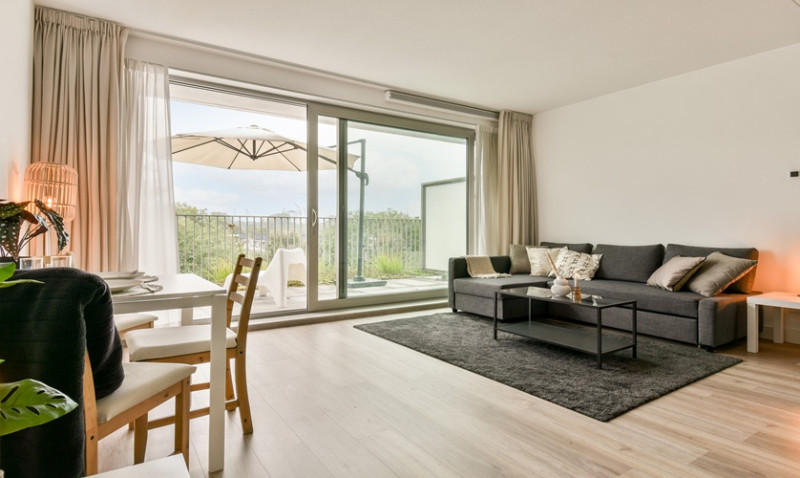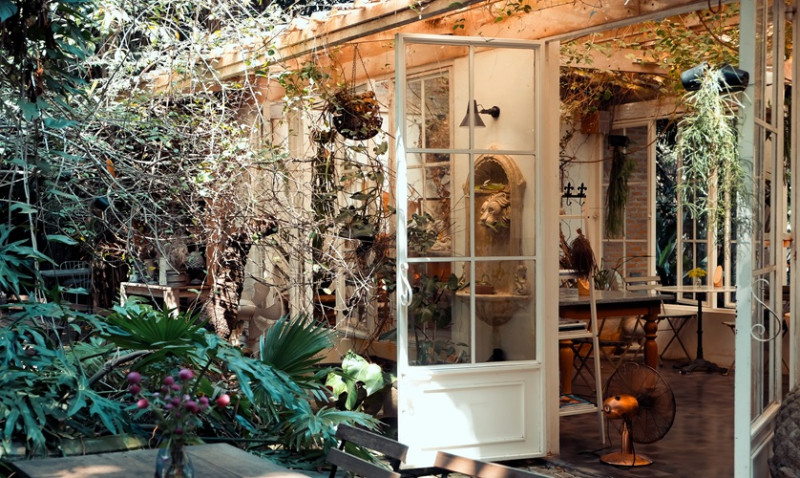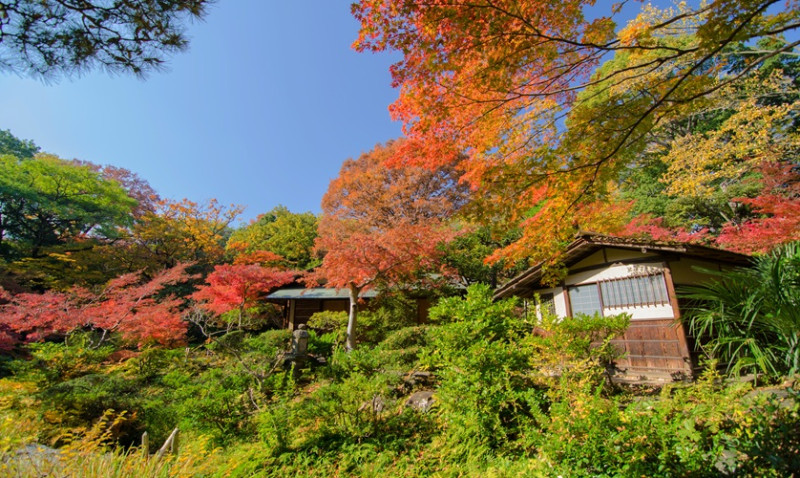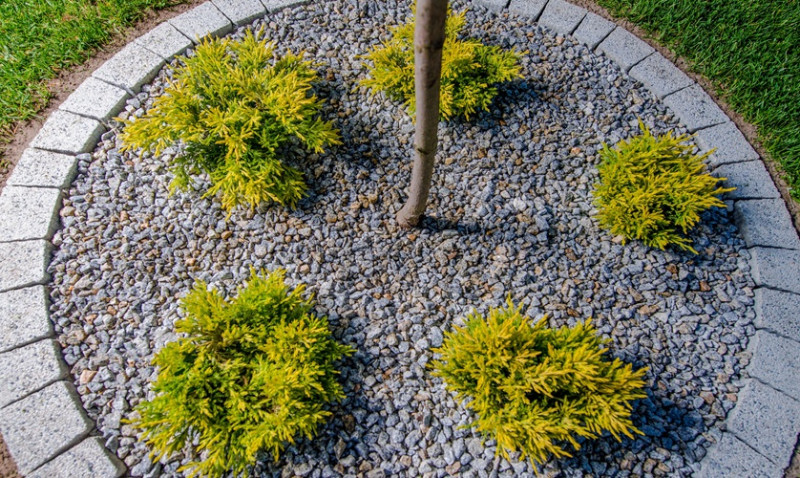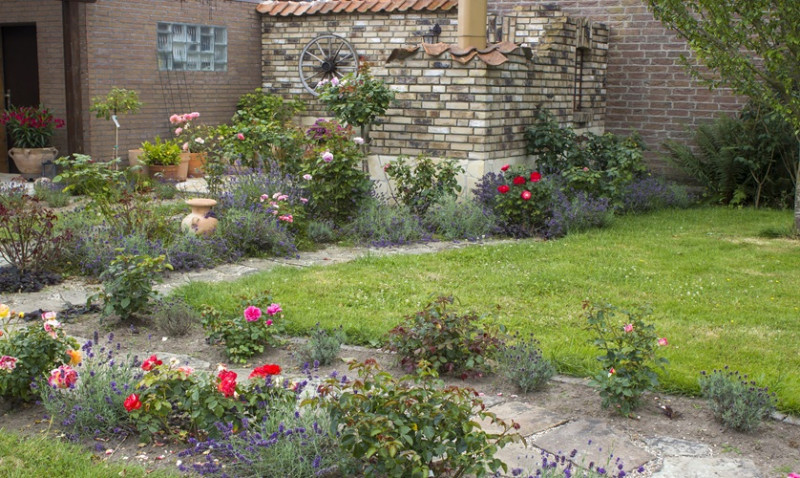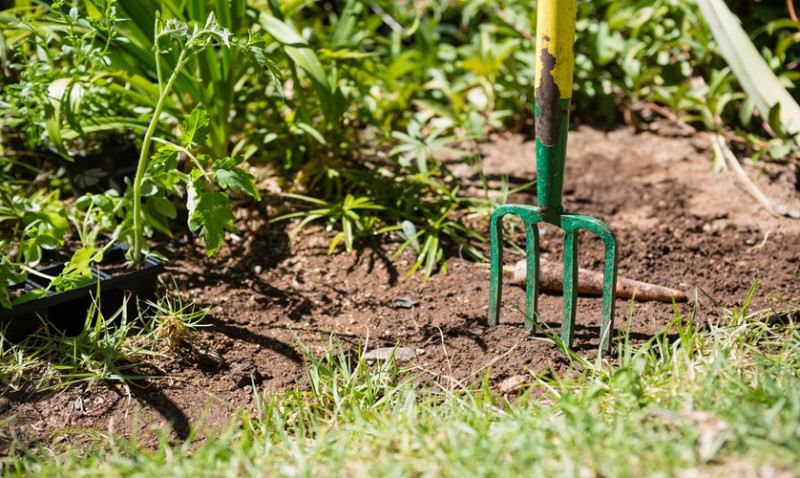
Creating a beautiful, thriving garden begins long before the first seed meets the soil. Whether you're a homeowner looking to enhance your outdoor space, a young professional galivanting into DIY, or a designer seeking inspiration, understanding the essential preparatory steps is crucial for long-term gardening success.
A well-planned garden not only elevates the aesthetic charm of a property but also boosts its value and functionality. In the UK, with its varied climate and changing seasons, it's especially important to take key factors into account before you start planting. So, before you pick up your spade and gloves, consider the following foundational steps that will guide your garden from daydream to flower-filled reality.
1. Assess Your Outdoor Space
The first thing you need to do before starting your garden is to thoroughly assess your outdoor area. This involves more than just measuring its size—you’ll want to consider its existing conditions, environment, and how you want to use the space.
Look at the current layout and existing features, such as trees, patios, fencing, and water access. Is there a slope? Are there shaded or sun-soaked areas? Take notes on any drainage issues or compacted soil. All of these factors influence how you’ll design your garden and what kinds of plants will thrive there.
Identifying how much sun and shade your garden receives across the day can help you categorise planting zones. Some plants need full sunlight, others do best in part shade. The UK climate offers a mix of overcast days and bright intervals, so this can heavily impact plant choice and placement.
If available, check historic maps or property plans to see if there are hidden cables or irrigation systems that might interfere with your designs. Always be aware of any local council restrictions or conservation considerations, especially if you're in a listed property or conservation area.
2. Define Your Goals and Garden Style
Before diving into garden design, it’s important to ask yourself: what do I want my garden to achieve? Do you plan to cultivate vegetables, create an entertaining space, or just boost curb appeal with flowerbeds? Your intentions will directly influence plant selection, layout, and maintenance routines.
Different users have different needs. A young family might prioritise lawn space for children, while urban professionals may prefer a low-maintenance courtyard or balcony garden with statement planters and lighting. Architects and designers often look to harmonise a garden with architectural elements of the building itself.
Choose a design style that aligns with your personal taste and practical requirements. Popular garden styles in the UK include English cottage, contemporary minimalist, Japanese zen, or wildlife-friendly gardens. Each style brings unique plant palettes, materials, and layouts into play.
Try creating a mood board using platforms like Pinterest or Houzz, or sketch out your ideas on paper. Consider the colours, shapes, and materials that appeal to you. Also, establish a realistic maintenance level – how much time are you willing to devote each week?
3. Understand Your Soil Type and Quality
One of the most overlooked, yet most crucial steps when starting a garden is soil analysis. The type and quality of your soil plays a significant role in plant health, growth rate, and resilience to pests or drought.
In the UK, the most common soil types include clay, sandy, silt, loamy, chalky, and peaty. Each type has different water drainage, fertility, and pH characteristics. You can determine your soil type by feeling it (clay is sticky, sandy is gritty), or by purchasing a home testing kit.
In addition to texture, check soil pH (acidic, alkaline, or neutral) to understand what types of plants will perform best. Most garden plants prefer a neutral to slightly acidic pH, but plants like rhododendrons and azaleas thrive in more acidic conditions.
Once you identify your soil characteristics, you can either choose plants suited to those conditions, or improve the soil using amendments. For example, adding compost improves fertility and texture, while lime can alter pH levels. Raised beds or containers can also offer better control for growing in difficult soils.
4. Plan Your Layout Thoughtfully
With knowledge of your space, goals, and soil, it’s time to plan your garden layout. A good design will consider plant height, seasonal interest, traffic flow, and accessibility. Start by drawing a scaled plan of your space and overlay your vision on paper or software tools.
Group plants based on similar sunlight and watering needs. For example, drought-tolerant herbs like rosemary, thyme, and lavender thrive together in a sunny, dry section. Meanwhile, hostas and ferns prefer shaded, moist areas.
Design pathways that navigate the garden comfortably without disturbing plant roots. Materials such as gravel, slate, or stepping stones blend organically with natural surroundings while adding structure and accessibility.
Keep in mind focal points — a bench, bird bath, sculpture or tree — to provide a sense of visual interest and structure throughout the year. Consider how your garden will look not just in summer but through all four seasons. Evergreens, ornamental grasses and seasonal bulbs can help maintain aesthetic appeal.
5. Set Your Budget and Timeline
Your dream garden needs a realistic budget and timeline. Planning this early will reduce overspending and help prioritise must-have features versus nice-to-have touches. Consider the cost of plants, soil amendments, tools, hard landscaping materials, irrigation systems, lighting, and even labour if you hire assistance.
Break your project into phases if required. You could create structural elements and hardscaping first (paths, patios, raised beds), then move onto planting in spring or autumn depending on species. This staged approach suits professionals balancing jobs or homeowners unsure about a complete overhaul.
Keep in mind hidden costs such as delivery charges for materials and skip hire for old garden waste. Equipment like trowels, wheelbarrows, and compost bins may need to be purchased if you’re starting from scratch.
To track expenses and deadlines effectively, use a simple table like the one below:
| Task | Estimated Cost (£) | Start Date | End Date |
|---|---|---|---|
| Soil Testing & Conditioning | 50 | 1st April | 5th April |
| Hardscaping (Patio & Paths) | 750 | 6th April | 20th April |
| Plant Purchase | 300 | 21st April | 25th April |
| Planting & Finishing | 0 (DIY) | 26th April | 1st May |
6. Choose the Right Plants for Your Climate and Lifestyle
Plant choice is the soul of your garden. Select varieties that align with your local UK climate, microclimate, and intended maintenance level. Look at hardiness ratings, typical temperature ranges, rainfall patterns, and seasonal sunlight available in your area.
Native plants or those adapted to the UK climate are often easier to grow and require less water and fertiliser. Consider integrating pollinator-friendly species like foxglove, lavender, and buddleia for added biodiversity and beauty.
Divide your plant list into categories - perennials, annuals, shrubs, climbers, and trees. This helps determine bloom succession through seasons and allows you to build in year-round interest with contrasting shapes, textures, and colours.
Also consider your lifestyle: do you prefer a low-maintenance garden, or are you excited to prune and nurture rare species? Busy urban homeowners may enjoy self-watering containers and slow-growing evergreens, while rural DIYers might opt for raised veg beds and greenhouses for year-round productivity.
7. Consider Sustainability and Wildlife
Modern gardens are not just about beauty – they’re about supporting ecosystems and reducing environmental impact. Encouraging wildlife and sustainable practices should be part of your initial design thinking.
Incorporate plants that attract pollinators such as bees, butterflies, and birds. Use peat-free composts to help preserve precious peatland habitats. Install a water butt to collect rainwater for irrigation, reducing your water bill and carbon footprint.
Organic pest control, composting kitchen waste, and using recycled or UK-sourced materials for decks and fences all make your garden more eco-friendly. Swap lawn areas for wildflower meadows, or select drought-tolerant plants to reduce watering needs.
You can even add habitat features like bird boxes, bee hotels, log piles and ponds to support diverse urban wildlife without disrupting your aesthetic goals. A biodiverse garden isn't just good for nature – it’s more resilient and dynamic, changing beautifully through the seasons.
Final Thoughts
Starting a garden is an exciting and rewarding project, but it pays to begin with a solid plan. From understanding your space and soil to designing with style and sustainability in mind, these important steps will set the foundation for a lush, functional, and beautiful garden tailored to your life and environment.
Whether you're a homeowner dreaming of a vibrant back garden, a designer creating outdoor sanctuaries for clients, or a DIY enthusiast nurturing your first plants, investing time into early planning will ensure your garden grows with confidence, style, and longevity.
